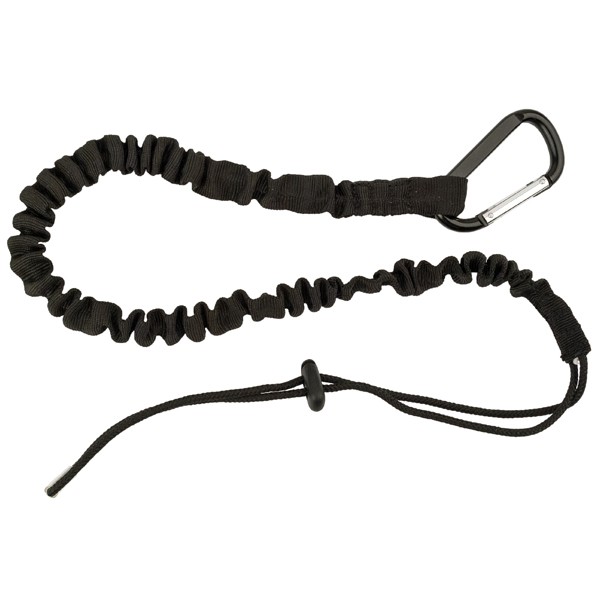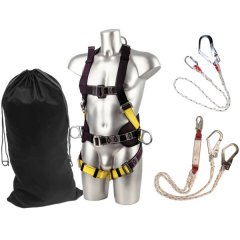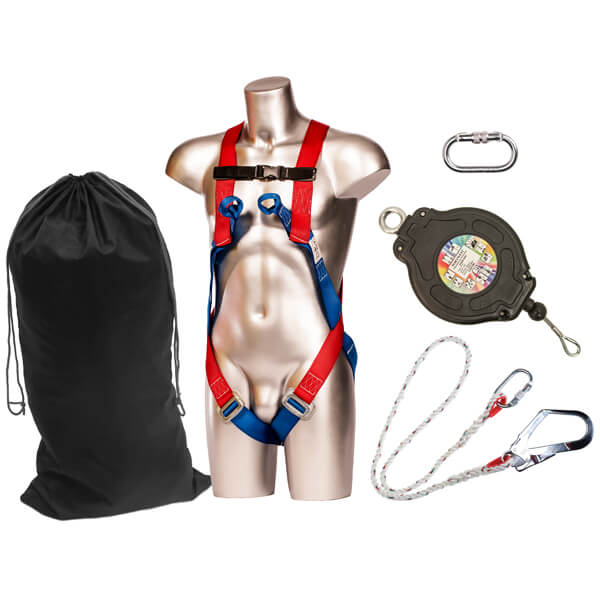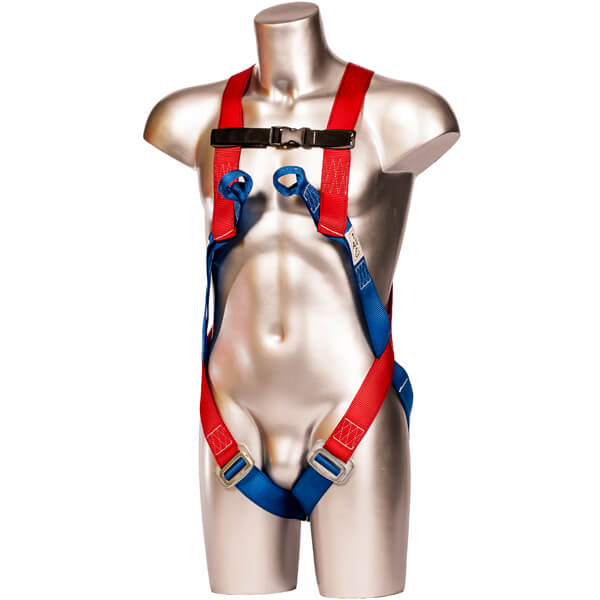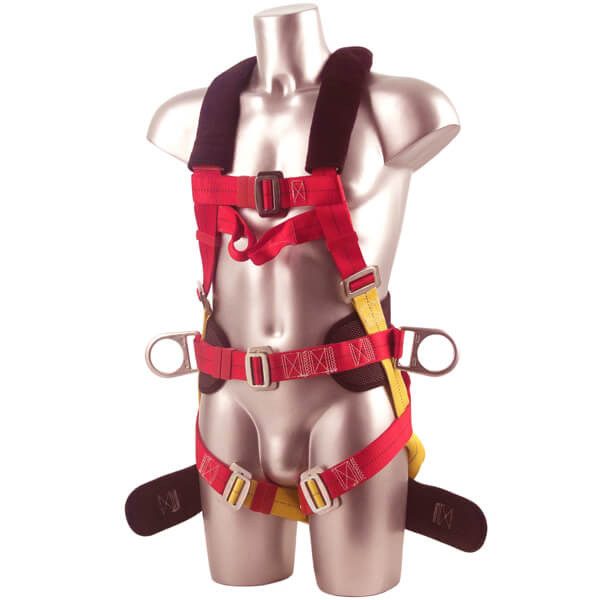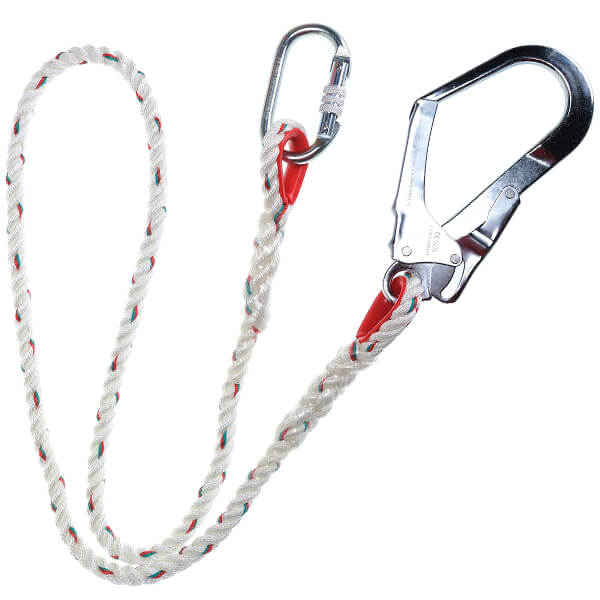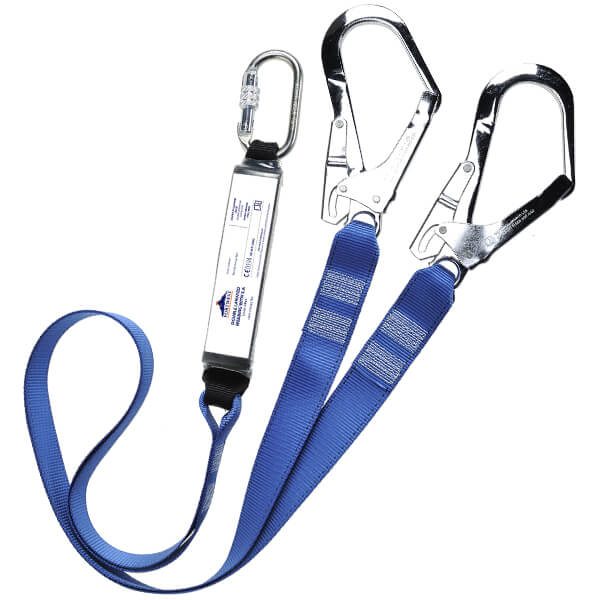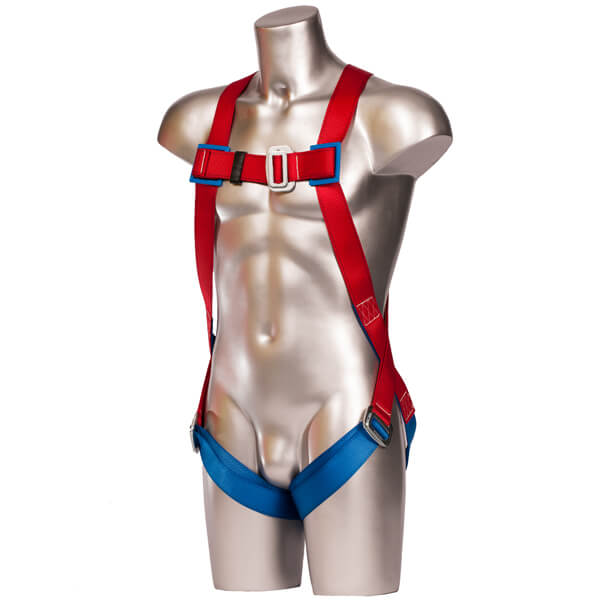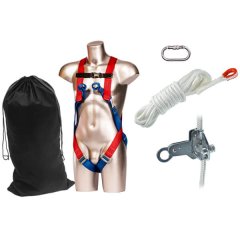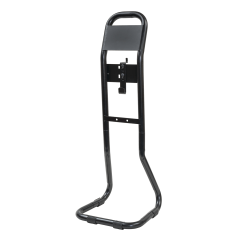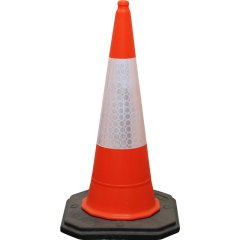Fall Protection
Fall Protection
Fall Protection
Fall Protection
Typically used to protect against the risks associated with working at height, fall protection is put in place as a precautionary measure to reduce impact force, prevent falling from heights, restrict obstacles/ground collisions, and restrict users from fall hazard areas. Fall protection equipment is also used when working on a steep surface or near an edge such as on a roof.
If practically possible, the preferred method is always for the work not to be performed at height. However, if you are unable to do this and require for work to be performed at height, you will need to consider deploying preventative measures in the form of fall protection equipment and work restraint systems.
Understandably, the risk of falling cannot be prevented in certain scenarios. If this happens to be the case, then it is worthwhile considering the use of soft-landing equipment such as netting, alongside a suitably developed work position. This includes cherry-pickers, scissor lifts, and scaffolding combined with fall arrest systems to ensure that appropriate fall protection equipment is used for the job.
Our range of fall protection equipment and safety harnesses are fully compliant with numerous European Standards. Please ensure that you are aware of the correct standards you must comply with before selecting which equipment you require.
What Fall Protection Equipment Do I Need?
In total, there are three different categories of fall protection equipment. Depending on the type of work that is being undertaken, you will need to make a suitable choice of safety harness. You have work positioning, work restraint, and fall arrest systems at your disposal.
To ensure you have the appropriate equipment, you will need to be aware of the three main areas of consideration – known as the ABC of fall protection. This covers Anchorage, full Body harness, and Connection.
Anchorage can be described as the point of the system which holds the weight in the event of a fall – as the name suggests. A railing installed along the top of a building is an example of a permanent solution, while there are also temporary lifelines available depending on which choice is the most appropriate for the scenario. Either way, they must be able to take a load of at least 10 kN.
Designed to securely hold your whole body in the event of a fall, the full body harness is most effective when it forms part of a fall arrest system. They also keep you upright while being suspended and ensures maximum comfort at the same time.
Connecting devices such as lanyards and arrest blocks may then be used to link your full body to its anchorage point, while there are also lanyards to attach your helmet and tools.
Work Restraint
Limiting the user’s movements to a safe distance from the fall hazard, work restraint is ideal for those who are working at height and is an effective method for eliminating the risk of a fall. The perfect choice for facilities management and rooftop workers, a safe working environment at height is achieved which makes it an excellent preventative measure.
Work Positioning
Work positioning requires the use of fall protection equipment in which the wearer needs to be suspended in a work position to carry out a task at height. The perfect accompaniment to a fall arrest system, it is used for a variety of purposes which includes working down manholes, in telecoms, utilities, and confined spaces.
Fall Arrest
Fall arrest systems are put in place to prevent instances in which there is a risk of falling – arresting the fall in a manner which is safe and controlled. In turn, this leads to a reduction in the impact of a fall – helping to prevent injuries such as whiplash.
Allowing the wearer to conduct a task at height without fear of serious injury, careful consideration is required during the set-up process of these systems. This ensures adequate clearance for the user from the ground while helping to avoid contact with any obstacles in the event of a fall. A detailed rescue plan in the event of a fall must also be implemented in the planning process as prolonged suspension at height is potentially dangerous.
Fall arrest equipment is the perfect choice for those working at height – such as on scaffolding, maintaining tall erections, and working on tower cranes.
How to Don a Safety Harness
When you are tasked with putting on a safety harness, you might just think that it is easier said than done due to the high number of straps. However, you’ll find that our Portwest range of safety harnesses are simple to put on yourself, whilst they also allow for easy inspection so that you can be assured that the equipment is fitted correctly.
Simply hold the harness up with the back dorsal D ring and sling the harness over your arms and shoulders in a similar motion to putting on a backpack. Starting at the top, you’ll then need to attach your chest and waist belt connections. Next, you will need to reach under your leg to grab the leg straps, after which you can wrap them around each thigh and attach them to the waist connection points.
To ensure that the leg straps are tightened sufficiently, you should be able to place a flat hand (not a closed fist) between your leg and the strap. Finally, ensure a comfortable but firm fit as you tighten all the straps.


